The significance of Exploration Park, NASA’s new 240-acre development near the Johnson Space Center (JSC) cannot be understated.
The JSC has played a historic role in the Space Station’s conception and launch. The JSC intends to play a critical role in the future of human spaceflight as the home of astronaut training, and NASA’s Orion spacecraft and lunar-orbiting Gateway outpost programs. Both programs help make up NASA’s Artemis program, an agency-wide effort to return astronauts to the moon within five years which will eventually extend to Mars.
However, with the retirement of the International Space Station scheduled for 2030, Exploration Park has its own mission to help the JCS and the State of Texas continue their central roles in the development of future commercial spaceflight. To this end, the Texas State Legislature approved $350 million in funding in 2023 for the formation of the Texas Space Commission and the Aerospace Research and Space Economy Consortium in order to develop a strategic plan for Texas’s economic growth in the industry.
“Exploration Park aims to foster research, technology transfer and a sustainable pipeline of career development for the Artemis Generation and Texas workers transitioning to the space economy,” NASA . “The park represents a key achievement of Johnson’s 2024 Dare Unite Explore commitments, emphasizing its role as the hub of human spaceflight, developing strategic partnerships and paving the way for a thriving space economy.”
Two tenants have already signed leases at Exploration Park: �����Ի����ٳ�� ) Space Systems Campus.
Texas A&M broke ground on its Space Institute in mid-November 2024 on 32-acres of leased land, with Houston-based Energy Architecture and Vaughn Construction named as architect and contractor respectively. The state is putting $200 million towards the institute as part of its $350 million funding. The remaining $150 million of the state’s funding will be available to corporate applicants under the new Space Exploration and Aeronautics Research Fund.
Two vehicle testing beds are included in A&M’s 400,000-square-foot, three-storey building, one simulating the moon’s surface and the other simulating that of Mars. Each of these beds are larger than a football field and can be customized to resemble specific landing sites, craters or other lunar and Martian features based on images sent by previous exploration missions.
The second floor will house a viewing deck for the test beds, conference rooms and planned exhibits of historic space artifacts, several facility offices and 18 project rooms for lab testing purposes. On the third floor will be an auditorium for speaking events.
ACMI’s Space Systems Campus takes up the remaining 207 acres of leased land at Exploration Park. ACMI will create a 1.5-million-square-foot, purpose-built commercial space innovation hub and Houston-based real estate investment firm Griffin Partners as co-developer. Gensler has been named the design firm and Walter P Moore the civil engineer.
ACMI intends to build up to 22 build-to-suit facilities, ranging from 15,000 to 500,000 square feet with 24 to 30 feet of clear height for research and development, laboratories, clean rooms, offices, light assembly and manufacturing.
U.K.-based Jones Lang LaSalle Incorporated (JLL) was named ACMI’s leasing partner in early 2024 and will oversee leasing of the buildings and properties. It is expected future tenants of ACMI’s Space Systems Campus will include international and academic partners, plus companies working on projects relevant to JSC’s development goals, such as vehicles and installations on the moon’s surface.
Simon Shewmaker, head of development at ACMI Properties, expressed excitement concerning the type of businesses that might be attracted to the ACMI property at Exploration Park.
“As the number of people visiting, working and living in space grows, much of the essential technology to enable that exploration and commerce will be born out of companies located at Exploration Park. We are seeing a cascade of tenancy interest from companies and are thrilled to be working alongside Griffin Partners and leading architecture and engineering firms to bring the project to life.”
Waypoint 2 Space, under license with the FAA to provide astronaut training, is also considering building a 35,000-square-foot training facility at Exploration Park, to be called the Space Experience Center.
Waypoint 2’s president and CEO Kevin Heath told the Space Experience Center would offer experiences for the general public to enjoy.
“Maybe they don’t want to go to space, but they think it’d be kind of cool to know what it feels like, being in a space suit or a spacewalk or a launch and re-entry.”
NASA’s Exploration Park plays into the larger Texas strategy to develop new infrastructure for America’s space industry. About 10 miles away, the commercially-operated Spaceport is currently home to companies such as Intuitive Machines, Axiom Space and Venus Aerospace.
Representatives for Spaceport acknowledge Exploration Park will incentivize Spaceport to adapt itself in order to continue its growth, , “A rising tide lifts all boats in the Houston area.”


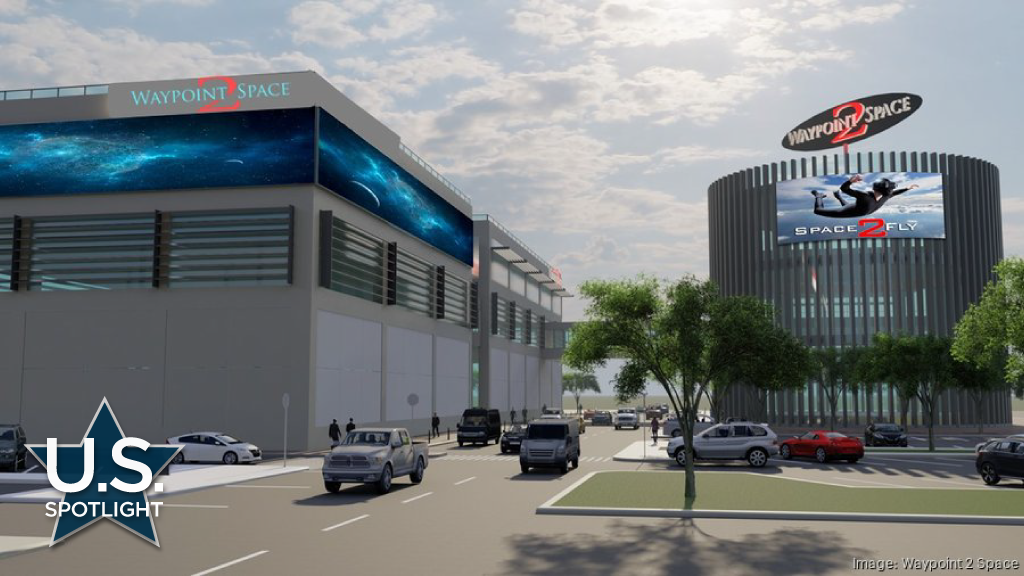
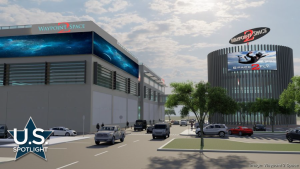
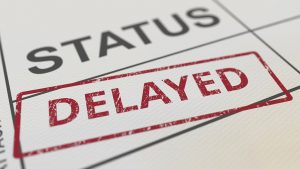

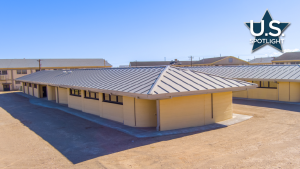


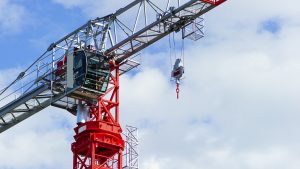
Recent Comments
comments for this post are closed